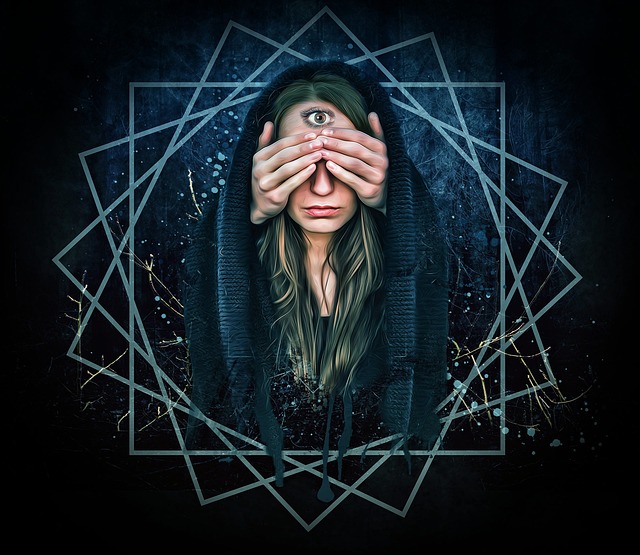In the world of photography, every click of the shutter encapsulates a fleeting moment, a whisper of time caught forever in a frame. This magical fusion of art and science transforms the ordinary into the extraordinary, inviting us to explore the power of intuition in photography composition. While technical prowess is essential, the intuitive sense each photographer possesses often leads to the most breathtaking images.
Imagine wandering through a vibrant market. Your camera, a trusted companion, feels weightless in your hands as you navigate the sea of colors and faces. Here, the artistry begins. Intuition plays a pivotal role; it whispers to you when to press the shutter, urging you to capture that candid smile or the dramatic play of light on a textured surface. Photography isn’t merely about optics and lighting; it’s an emotive experience where one must seize the moment, trusting their gut feeling to deliver remarkable images.
When considering composition, the elements that contribute significantly to a stunning photo often seem abstract. Rule of thirds might come to mind, but it’s the intuitive understanding of balance and symmetry that can elevate a good shot to something unforgettable. Take a portrait, for example; the positioning of your subject against a natural backdrop may feel instinctual, an innate sense of how to frame your shot emerging as you observe the scene. This voice within prompts the heart’s reaction—offering you a path to a deeper connection between the viewer and the image.
Many photographers cultivate their intuition by spending time with their cameras. With each click, they develop an understanding of how different settings affect the outcome of a photo. It’s through repetition that they learn the capabilities of their optics, refining their ability to anticipate a scene’s potential before it unfolds. This persistent practice breeds a sense of familiarity that allows one’s creativity to flow more freely. Suddenly, what was once a technical task morphs into an expression of personal style and vision.
Consider the role of light in photography. The soft glow of golden hour or the stark shadows during midday can dramatically alter the mood of an image. A skilled photographer leans into these subtleties, guided by their intuition to exploit natural lighting’s expressive potential. When you trust that voice inside you, you’ll find yourself choosing angles and perspectives that not only tell a story but evoke feelings of nostalgia, joy, or awe. You don’t always need a perfectly composed shot; sometimes, letting your intuition guide you will reveal something raw and real.
Furthermore, intuition nurtures spontaneity. Street photography, for instance, thrives on the unpredictable moments that arise in daily life. The street photographer must remain attuned not only to their camera settings but also to the heartbeat of the environment around them. When witnessing an unexpected encounter—a moment of laughter shared among strangers—it’s the intuitive pull that guides you in grasping an image that defines the essence of humanity. This instinct provides a conduit through which the beauty of everyday life can be immortalized in just one frame.
In embracing intuition within photography composition, we invite a rich tapestry of emotion, detail, and authenticity into our work. The camera becomes more than just a tool; it transforms into an extension of oneself. Every image captured reflects a piece of the photographer’s soul, intertwining their instincts with an artistic vision that words often can’t convey. Like a painter with a brush, the intuitive photographer harnesses their experience and perception—combining mastery of technique with an innate ability to connect with the moment at hand.



